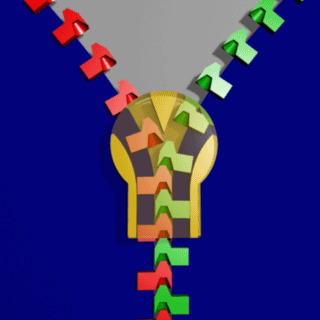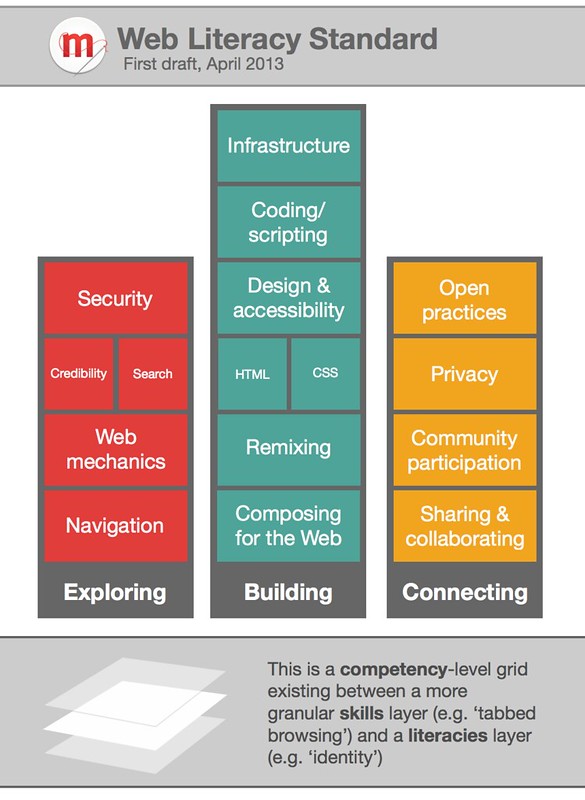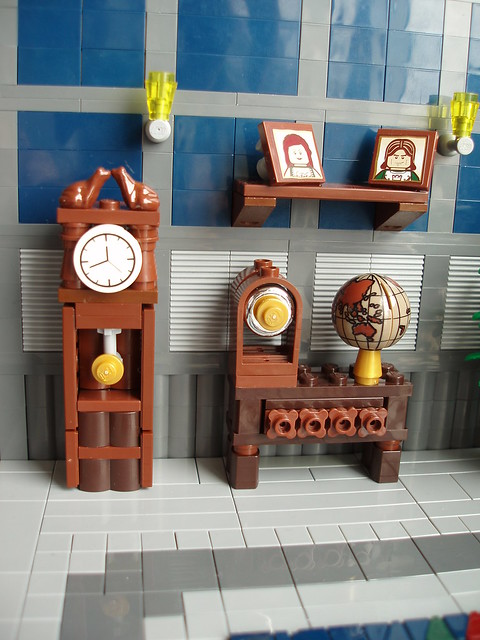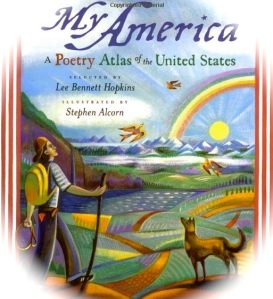
This is another Interactive Fiction story that a student kept working on long after the deadline. I didn’t care. She was really into the development of the story, and it shows.
Read The Theft by Rebecca.
Peace (in the sharing),
Kevin
If you don't live it, it won't come out of your horn. ~ Charlie Parker

This is another Interactive Fiction story that a student kept working on long after the deadline. I didn’t care. She was really into the development of the story, and it shows.
Read The Theft by Rebecca.
Peace (in the sharing),
Kevin
I want to do a shout out to Bud Hunt and Mary Lee Hahn for posting images and media files all month at their blogs to inspire readers to write poetry. I’ll write more about my experience, but here are my final two poems.
Mary Lee posted this intriguing animaged GIF file.

Which led to this poem:
Where it ends is where it begins,
our words entwined like wires
moving with electricity through the world
from our fingers to our ears
to the universe beyond.Where it ends is where it begins,
a spark of creativity and connectedness
and shadows of worlds unfolding on the page
from our fingers to our eyes
to our thoughts settled inside.Where it ends is where it begins,
poems as stories as memories
as thinking, as sharing in this space
where time and distance are immeasurable
and where our words collide
forever.
And this is the podcast:
Audio and voice recording >>
At Bud the Teacher, Bud shared this image:

Which led me to this poem:
Today,
I pretend to walk with perfect symmetry,
ambling slowly beneath nature’s beautiful arc
of flower petals, honeycombs, ice crystals,
and all of the invisible magic of geometry
so that all my own imperfections
disappear.
And the podcast:
Voice Recorder >>
Peace (in the poems),
Kevin
This is part of a process underway by the Mozilla Foundation to articulate Web Literacies. They describe the process as “… elements we believe it’s important to pay attention to when teaching other people how to read, write and participate on the Web.”
I continue to be intrigued about the concept of thinking of my students’ lives online, and those intersections between learning in school and learning at home with technology, and where those ideas overlap … and don’t. Here, I do like the branching ideas of exploring, building, connecting. Many of the ideas are built on the concept of writing and reading, at least in my mind, but then take those ideas in new directions with technology.

What do you think? There is more information about the work here.
Peace (in the consideration),
Kevin
This Saturday (May 4), it’s Free Comic Day. Find a store near you that is participating, and even better — tell your students! (use the Store Locator tool to find a store near you) It’s a day when loads of free comics (mostly samplers) are given out to celebrate the art and storytelling of comics. I usually grab a bunch for my classroom. You should, too.
![]()
Peace (in the frames),
Kevin
Last week’s writing prompt at our National Writing Project iAnthology site was a visual writing prompt, asking us to consider what would it be like if our technology and appliances were suddenly in revolt. I used the fake newspaper headline site to create this:

Peace (in the news),
Kevin

Mary Lee posted an interesting image of some scaffolders taking a break from work. She’s been kindly posting images from the Wikimedia Commons all month, inspiring poetry. Here’s what I wrote:
My grandfather worked this place,
with brothers and cousins
and fellow blue-collar heroes,
riveting steel into the skyline
as dreamed by those down below …I listen to Springsteen –
with chords and lyrics
and stories of working-class men –
driving this steel on wheels
to spend hours in those towers …At lunch, I study the skyline,
watch the clouds,
imagine the dangerous balancing act
my grandfather’s crew performed
each day, every day,
as they built this city,
from the bottom up.
And the podcast:
Audio recording software >>
Peace (in the skyline),
Kevin

I’ve been catching up a bit with Bud Hunt and his posts of images to inspire poetry. This morning, he posted a Lego-inspired theme, and that got me writing this poem:
Interlocking,
plastic worlds;
faces, spaces,
creating places
where we smile
the same, look
the same,
feel
the same,
until little fingers
snap us back into reality,
and we break.
And the podcast:
Audio and voice recording >>
The other day, Bud caught up with some posts and I wrote these two as well:
Your shadow self
follows me –
I feel it –
the breath of you in my ear
as darkness.(from this image post)
And
As far as our eyes can see,
nothing but distance;
The slow narrowing of lines
on which our stories may never collide.
Instead, we run parallel to each other,
calling out from across the tracks
with words echoing in the distance.(from this image post)
I’ve been doing more work this year around the idea of “close reading” with my students, focusing in on how to read carefully and critically, and I have definitely seen growth in their analytical skills as a result. We’ve been in the midst of a poetry unit, and I have been trying to take some of those “close reading” concepts and use them for “close listening.” I am working on this because there is a sizeable number of kids who seem to drift off a little too easily at times when I am doing read aloud. And while I want them to be enjoying the text, I also want them to be learning about the text, too.
Poetry seems a perfect way to get at this idea of active and close listening. Yesterday, for example, we studied The Raven by Edgar Allen Poe, and focused on mood. My students were digging into this poem, which was unfamiliar to all but a few of them, and considering the question of “mood and tone” from listening to the poem. We went about identifying words and phrases, and poetic techniques (symbolism and repetition), to get at the heart of Poe’s classic tale. The we watched The Simpson’s spoof of The Raven, and brought that idea of satire into the discussion (How did The Simpson’s version alter the mood?)
I also used a wonderful book called My America: A Poetry Atlas of the United States. This is a collection of poems that center on a “place” with great imagery. The way this lesson unfolds is that they don’t know what part of the country the poem I read aloud is from, and using evidence from the text they are listening to (the poem), they have to place it on a geographic map of the United States. We use a simple chart, so that they have to pull out “evidence” from the poems to support their guesses, and then another part of the chart has them listening for figurative language devices.

The use of the chart really does focus their listening skills, and the conversations about the evidence they have heard and why it signifies a certain place in the country is wonderful, as the poems connect not only to certain spaces but also sparks memories and poetry about their own vision of places they have been.
Peace (in the share),
Kevin
We’ve now moving from reading and listening to poetry to writing and publishing poetry, and yesterday, we explored haikus as a form and structure of poetry. Some kids really love haiku; others, not so much. But volunteers from my four classes shared their poems for a podcast collage, and here it is:
Peace (in the voices),
Kevin
Mary Lee has yet another great image this morning, to spark poetry. It is of a bubble.
Here’s what I wrote:
Hold me gently:
fingertips touching tender skin;
for inside,
I remain invisible
and vulnerable to the way things have been.
I float above this world,
in a cloak of color
but my rainbow drains easily,
so be gentle.
And the podcast:
Voice Recorder >>
Peace (in the poems),
Kevin